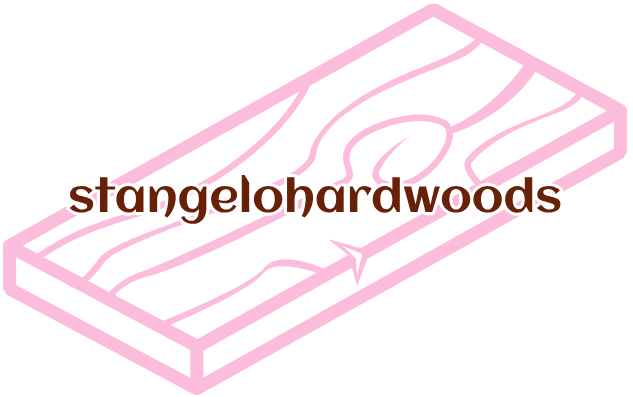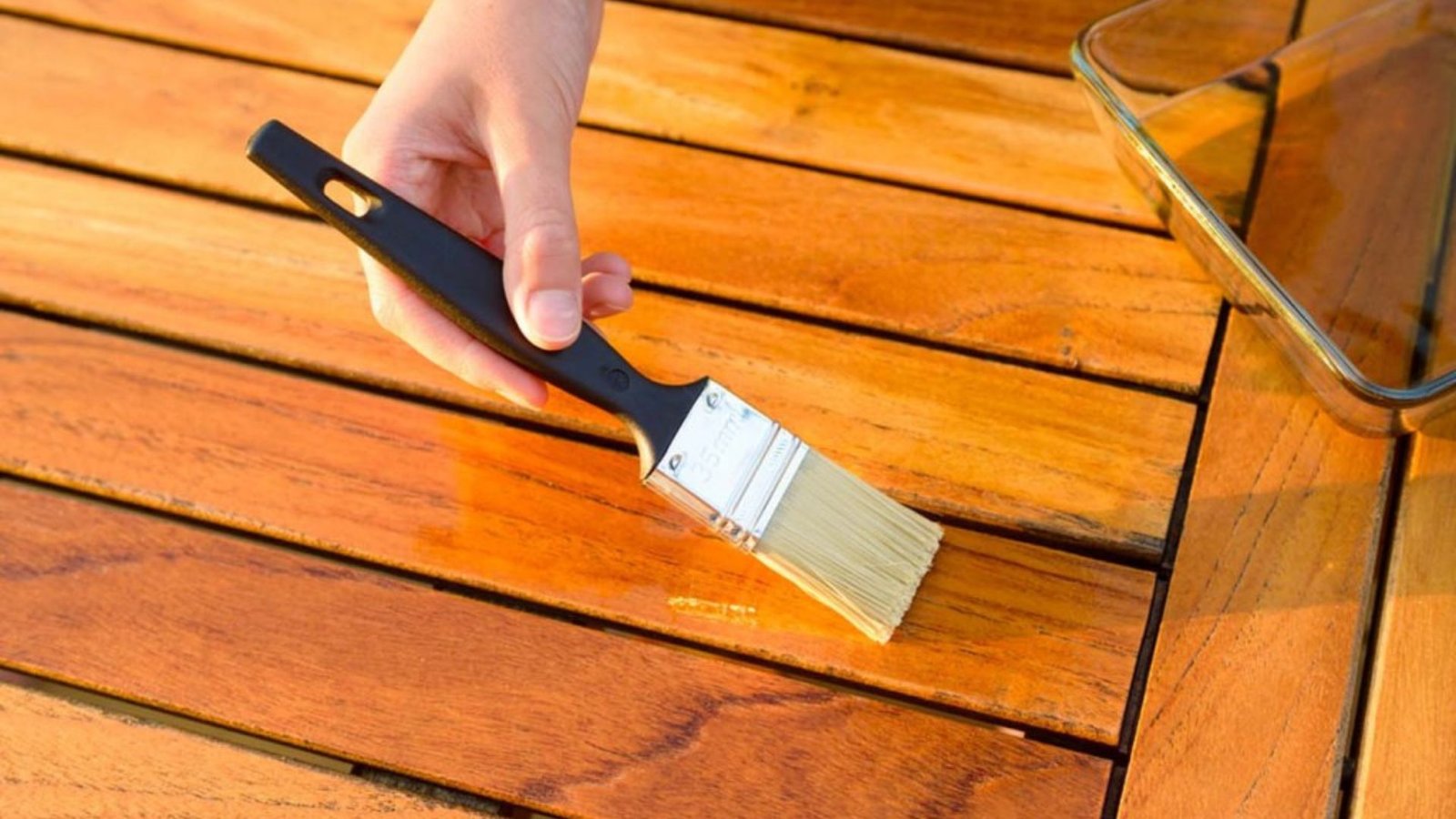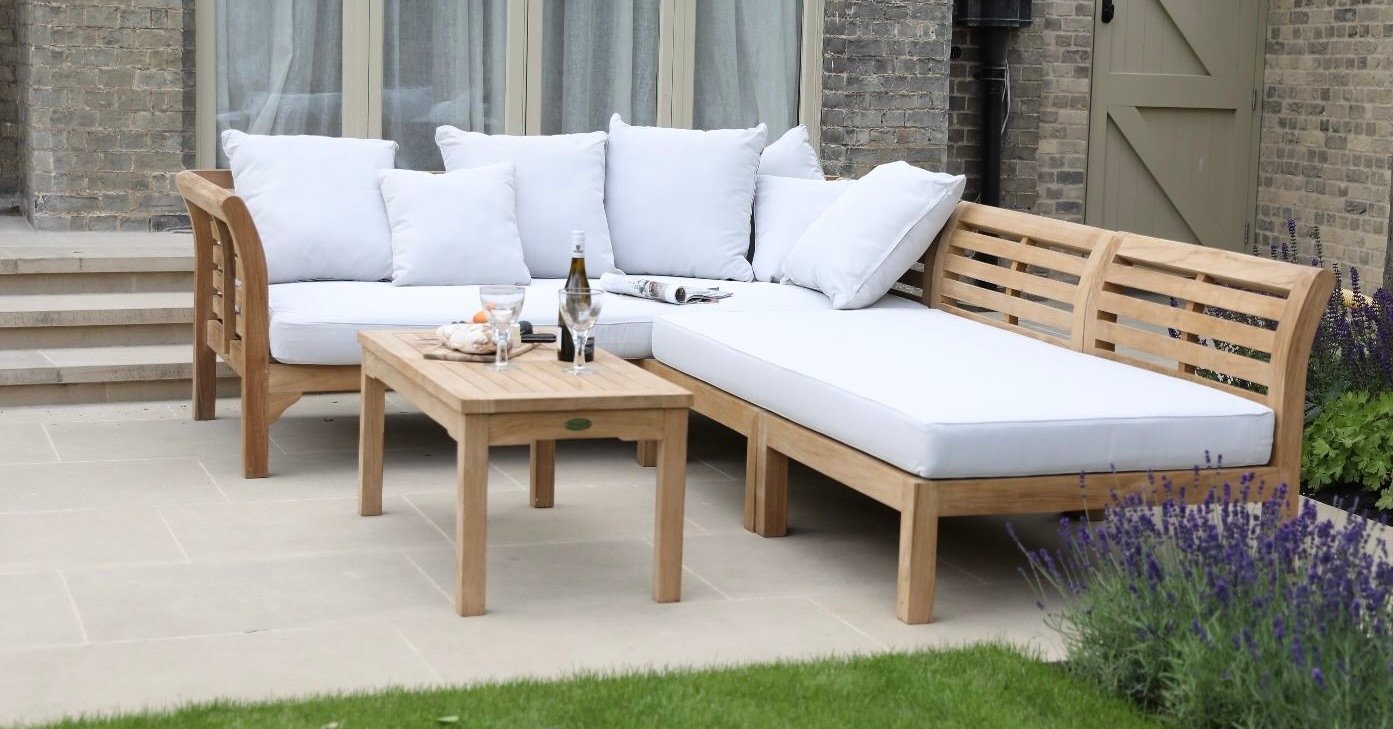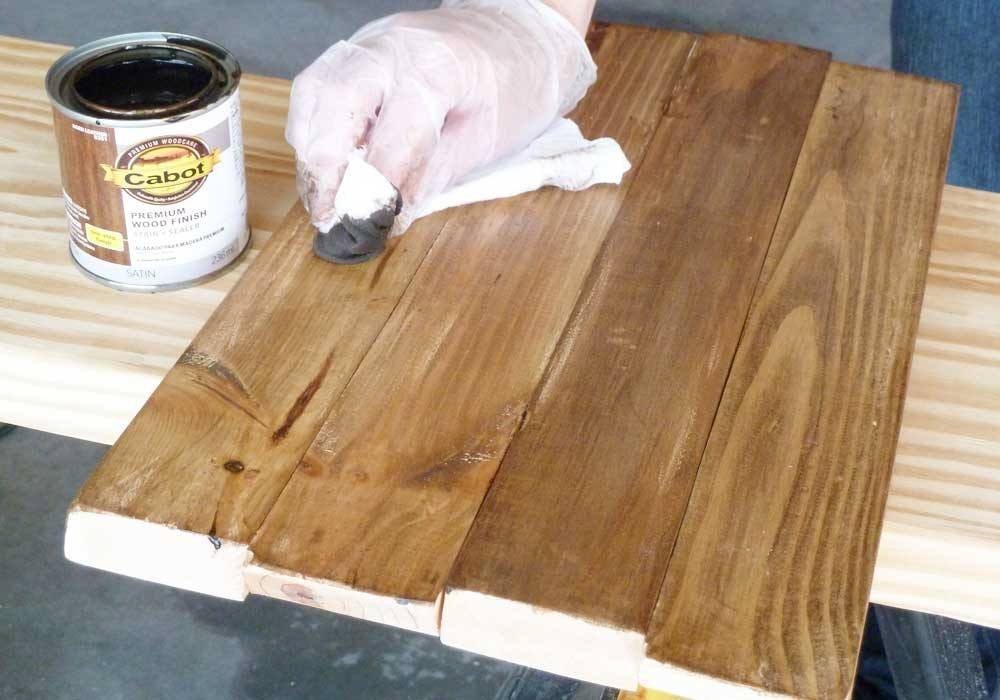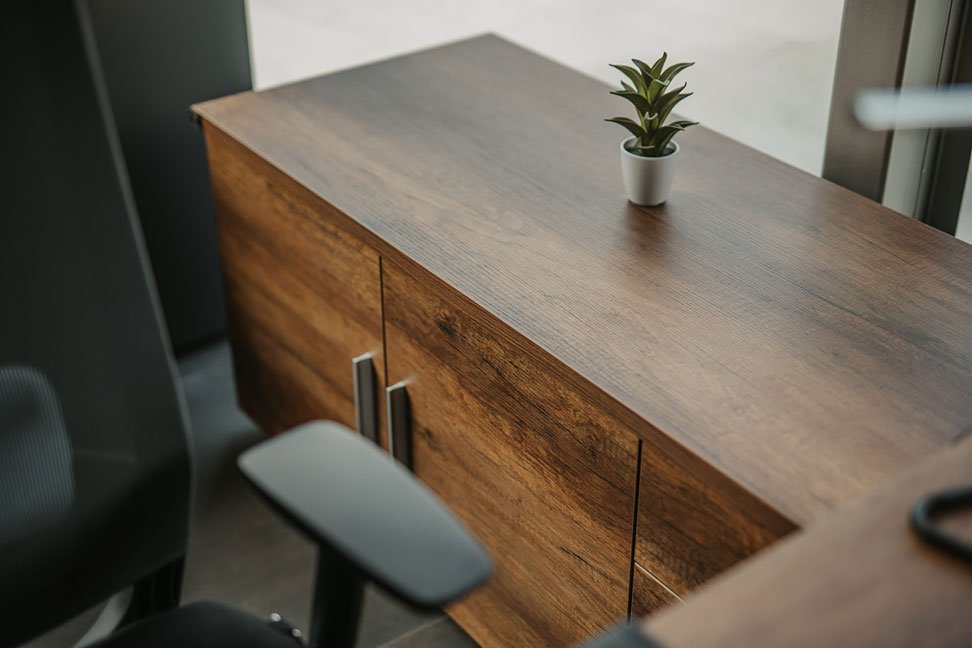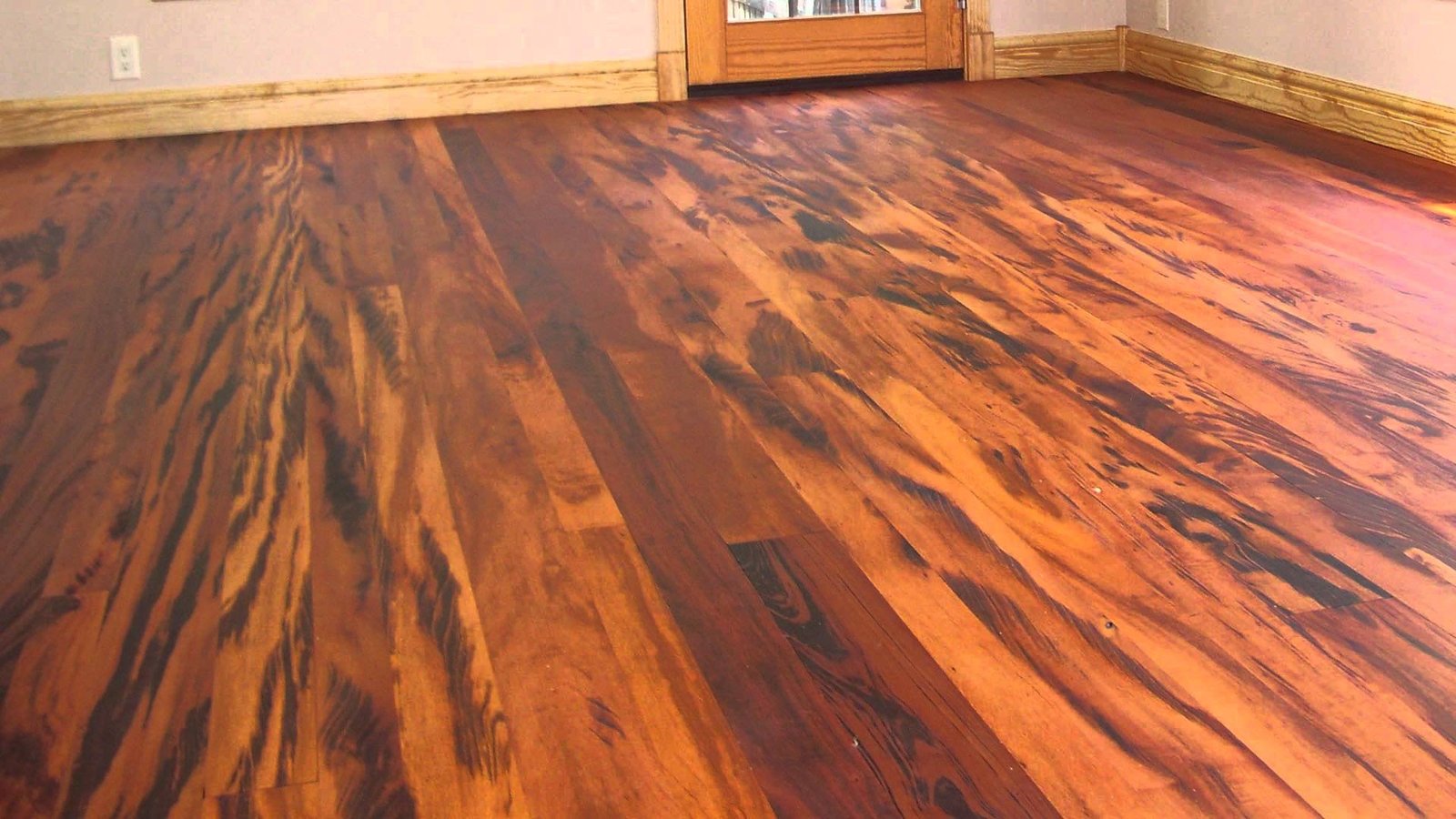Teak lumber is one of the most sought-after woods for outdoor furniture, decking, and construction. It’s prized for its durability, beauty, and resistance to weather. However, understanding the pricing trends for teak lumber is essential before making any purchase. Factors like quality, source, and market demand can significantly affect the cost. By knowing what influences pricing, you can make a better decision when buying teak for your project.
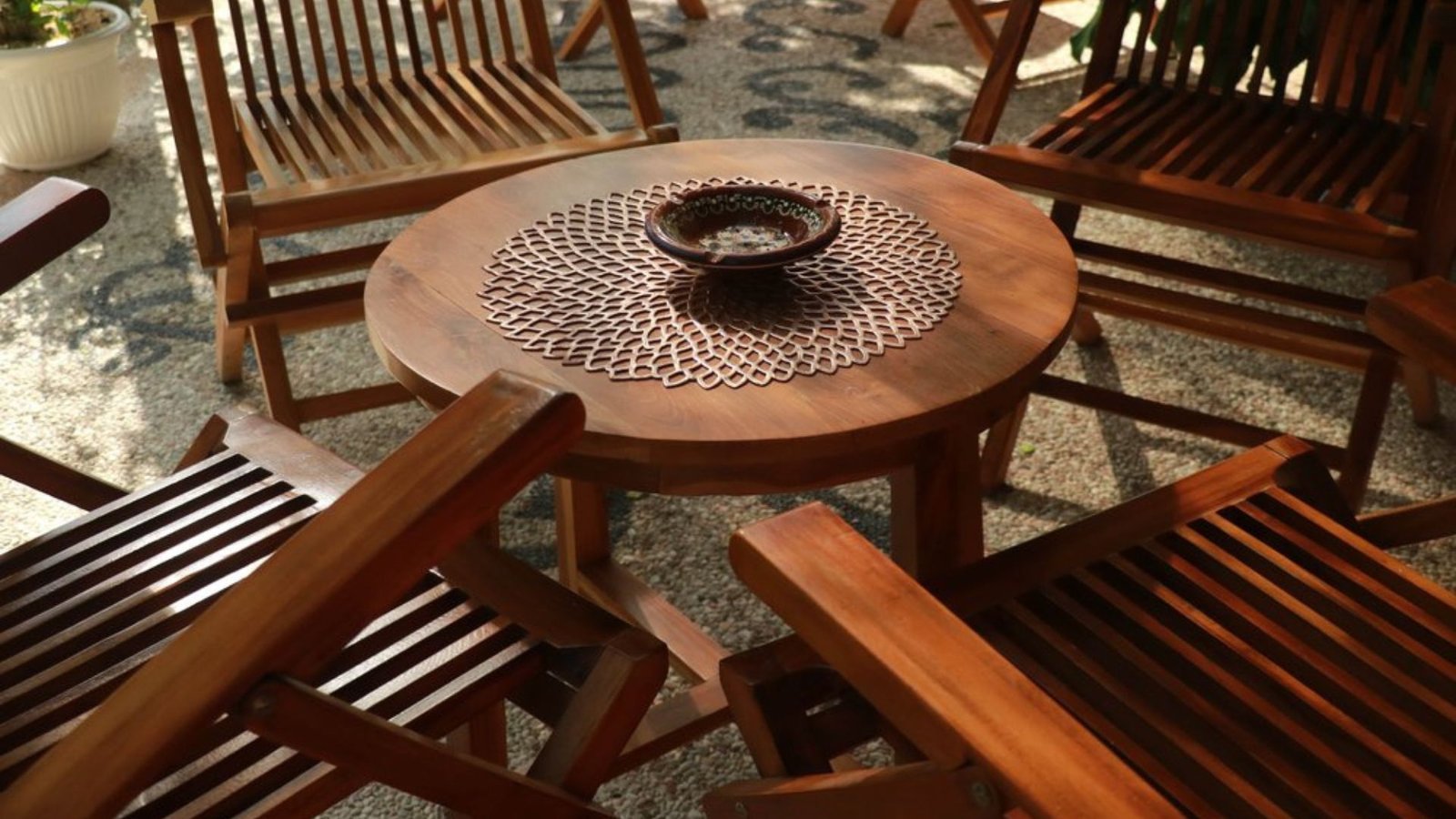
Key Factors Affecting Teak Lumber Prices
The price of teak lumber can vary depending on several key factors. First, the grade of teak plays a big role. Grade A teak, which is harvested from mature trees, is of the highest quality. It is free from knots and has a rich, golden-brown color. Naturally, Grade A teak is the most expensive. Lower-quality teak, with imperfections or mixed wood types, will cost less.
The origin of the teak also affects its price. Teak grown in sustainably managed forests tends to be more expensive. This is because sustainable practices require more effort and investment. Teak from countries like Indonesia, India, and Myanmar is often sold at a premium due to high standards for ethical harvesting.
Current Pricing Trends for Teak Lumber
In recent years, the price of teak lumber has been rising steadily. This is largely due to increased demand, limited supply, and sustainability efforts. Teak wood is becoming scarcer as many of the older teak forests have been depleted. As a result, prices have been climbing by 5 to 10 percent each year.
On average, Grade A teak lumber can cost anywhere from $5 to $15 per board foot. The price varies depending on the quality, supplier, and geographic location. Teak sourced from Southeast Asia is generally more affordable than teak from certified sustainable forests. However, certified sustainable teak guarantees responsible harvesting, which might justify the higher cost for some buyers.
Pricing Differences by Product Type
Another factor to consider when purchasing teak lumber is what you plan to do with it. Raw teak lumber is typically cheaper than finished products, such as furniture or decking. A teak dining set or a deck made from high-quality teak can cost thousands of dollars. But raw boards or planks for DIY projects will be much more affordable per board foot.
Additionally, treated teak lumber will usually cost more than untreated teak. Treated wood is often oiled or finished to improve its appearance and increase its resistance to the elements. While untreated teak is still durable, it will require more maintenance over time.
How to Save Money on Teak Lumber
While teak lumber is known for being expensive, there are ways to save money. One option is to purchase in bulk. If you’re working on a large project, buying teak in larger quantities can lead to discounts. Many suppliers offer lower prices for bulk orders.
You can also look for teak that is sourced from regions with fewer supply restrictions. While Southeast Asia is known for its high-quality teak, countries with developing sustainable practices might offer more competitive pricing. Always make sure that the teak you buy is responsibly sourced to ensure that you’re not contributing to deforestation.
Lastly, consider alternative woods if teak is out of your budget. Hardwood alternatives, like acacia, eucalyptus, and mahogany, offer similar aesthetics and durability at a lower price.
The Future of Teak Lumber Pricing
The pricing trend for teak lumber is expected to continue rising, at least in the short term. As more people seek out sustainable materials, the demand for ethically sourced teak will likely grow. The limited supply of old-growth teak forests may also contribute to price hikes.
However, advances in sustainable farming practices and the growth of managed teak plantations could help stabilize prices in the future. For now, it’s essential to keep an eye on market trends and make purchases accordingly.
Conclusion
Teak lumber is a premium wood, and its pricing reflects that. Factors such as wood grade, origin, and sustainability all influence the price of teak. By understanding current pricing trends for teak lumber, you can make an informed purchase. Whether you’re looking to buy teak for outdoor furniture, decking, or DIY projects, knowing these factors will help you find the best deal while ensuring you get high-quality wood.
